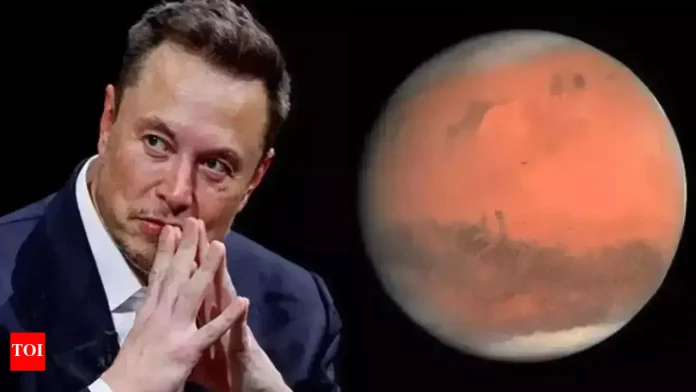Elon Musk’s recent warning about the eventual destruction of life on Earth has now been supported by scientific research. A study by NASA and Tōhō University in Japan used advanced simulations to predict Earth’s future. Researchers found that life will become impossible by the year 1,000,002,021 as the sun grows hotter and brighter over the next five billion years. Musk’s call for Mars colonisation becomes even more urgent.
Musk has often said that “eventually, all life on Earth will be destroyed by the sun.” New research confirms when this might occur. The study, using supercomputers and mathematical models, predicted that increasing temperatures and declining oxygen levels will eventually make Earth uninhabitable. By 1,000,002,021, the sun’s brightness will destabilise Earth’s climate, making life unsustainable.
The Sun’s red giant phase and its impact
In around five billion years, the sun will enter its red giant phase. During this time, the sun will exhaust its hydrogen fuel and expand significantly. The sun will likely engulf Mercury, Venus, and possibly Earth, destroying the planet.
NASA has long warned that the sun is only halfway through its lifecycle. It still has about five billion years left before it reaches this phase. The simulations show that Earth’s atmosphere will gradually lose oxygen, making survival impossible.
The urgency of Mars colonisation
Elon Musk continues to emphasise the importance of Mars colonisation. He calls it “life insurance” for humanity. Musk argues that as the sun expands, Earth will eventually be destroyed.
He believes humanity must become a multi-planet civilisation to survive. Mars offers a backup for humanity’s future, and Musk stresses the need for Mars to become self-sustaining.
NASA’s shift in priorities
NASA’s priorities have shifted under the Trump administration, which made significant cuts to the space agency’s budget. Despite this, NASA has dedicated over $1 billion to manned space missions, showing the country’s commitment to Mars exploration. These efforts align with Musk’s vision of a multi-planetary future.
Meanwhile, researchers from the University of Oxford recently discovered a ‘super-Earth’ planet, HD 20794 d. This planet, six times the size of Earth, orbits a star similar to the sun in the ‘habitable zone’. This finding opens up more possibilities for life beyond Earth.
